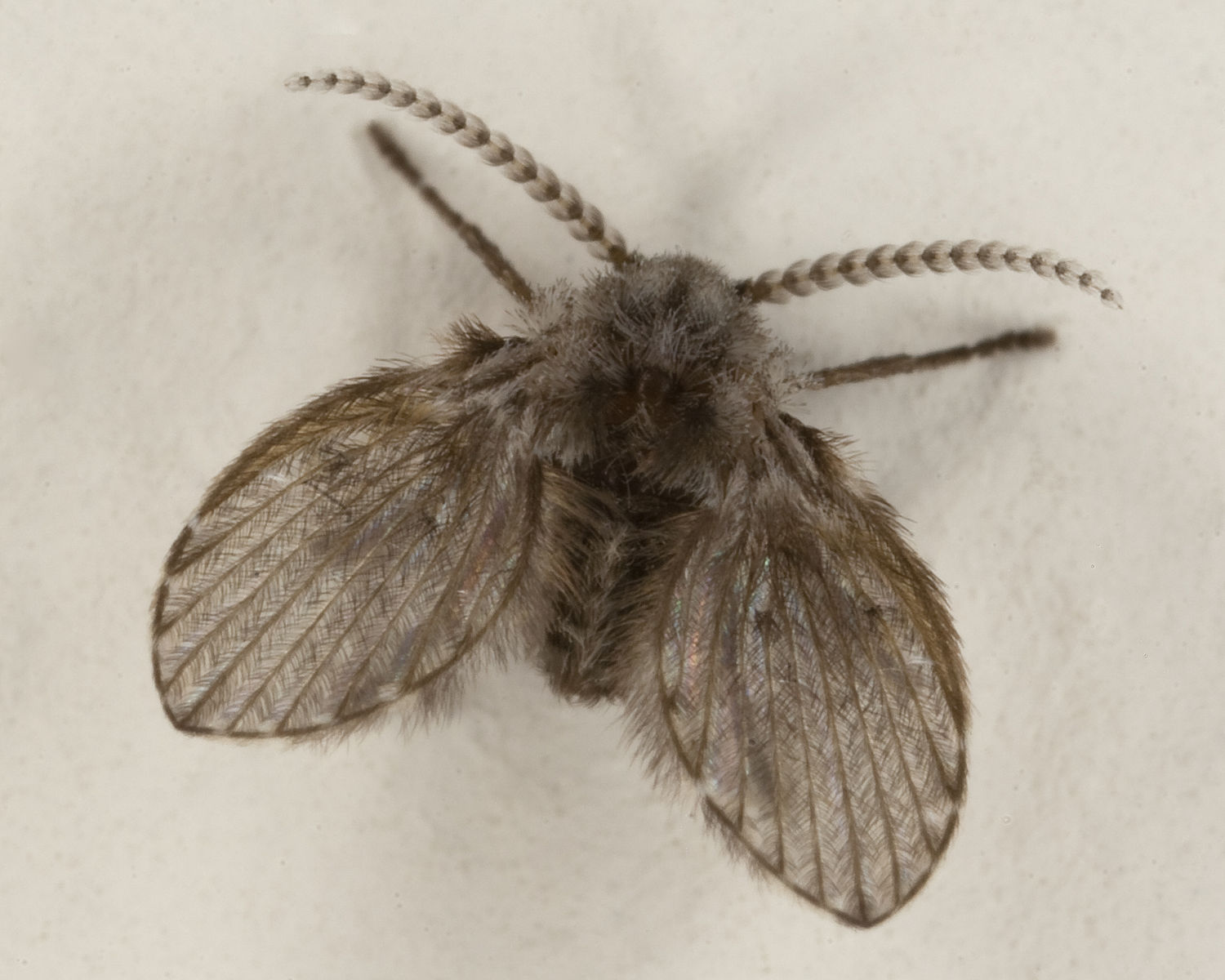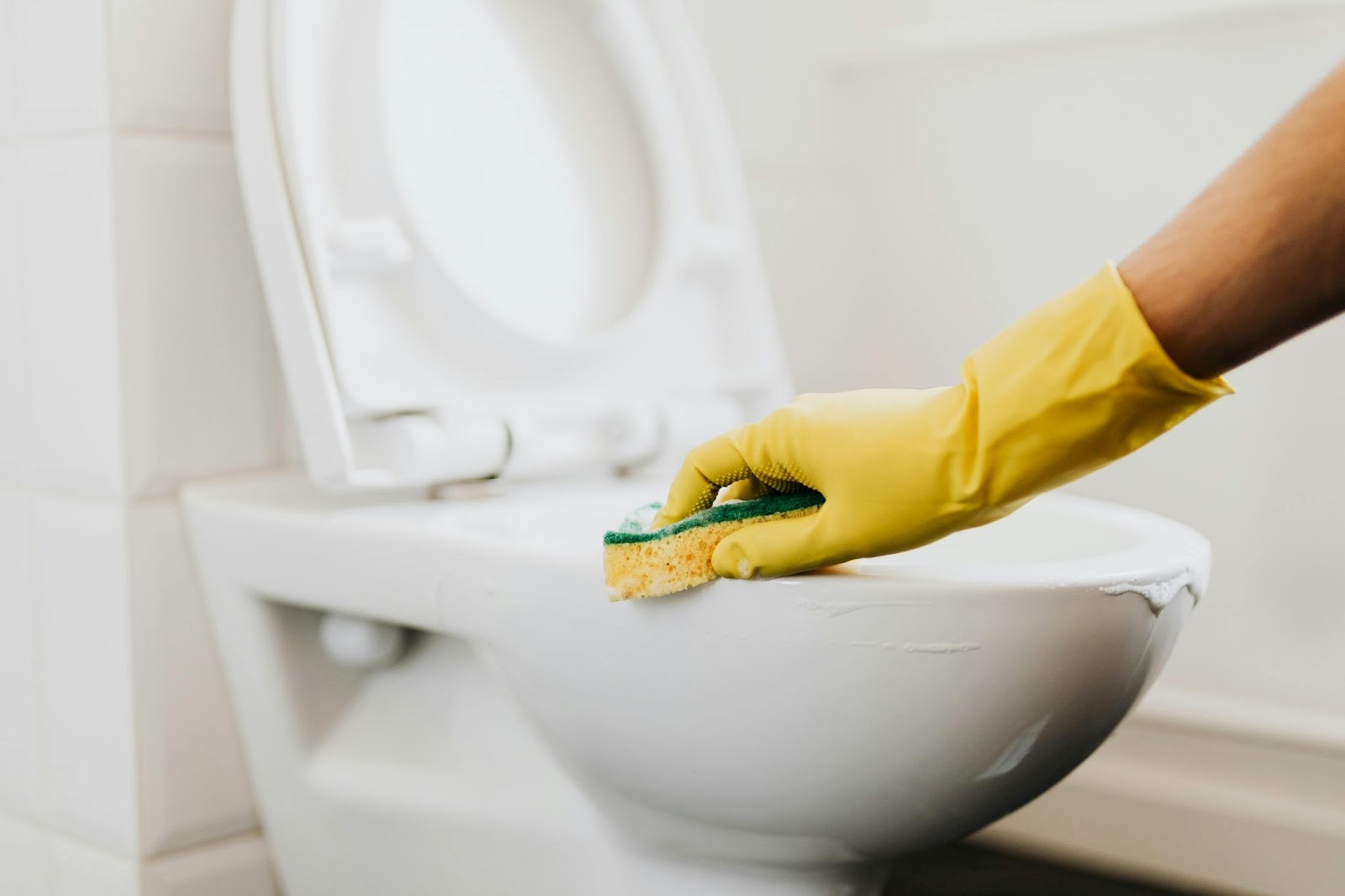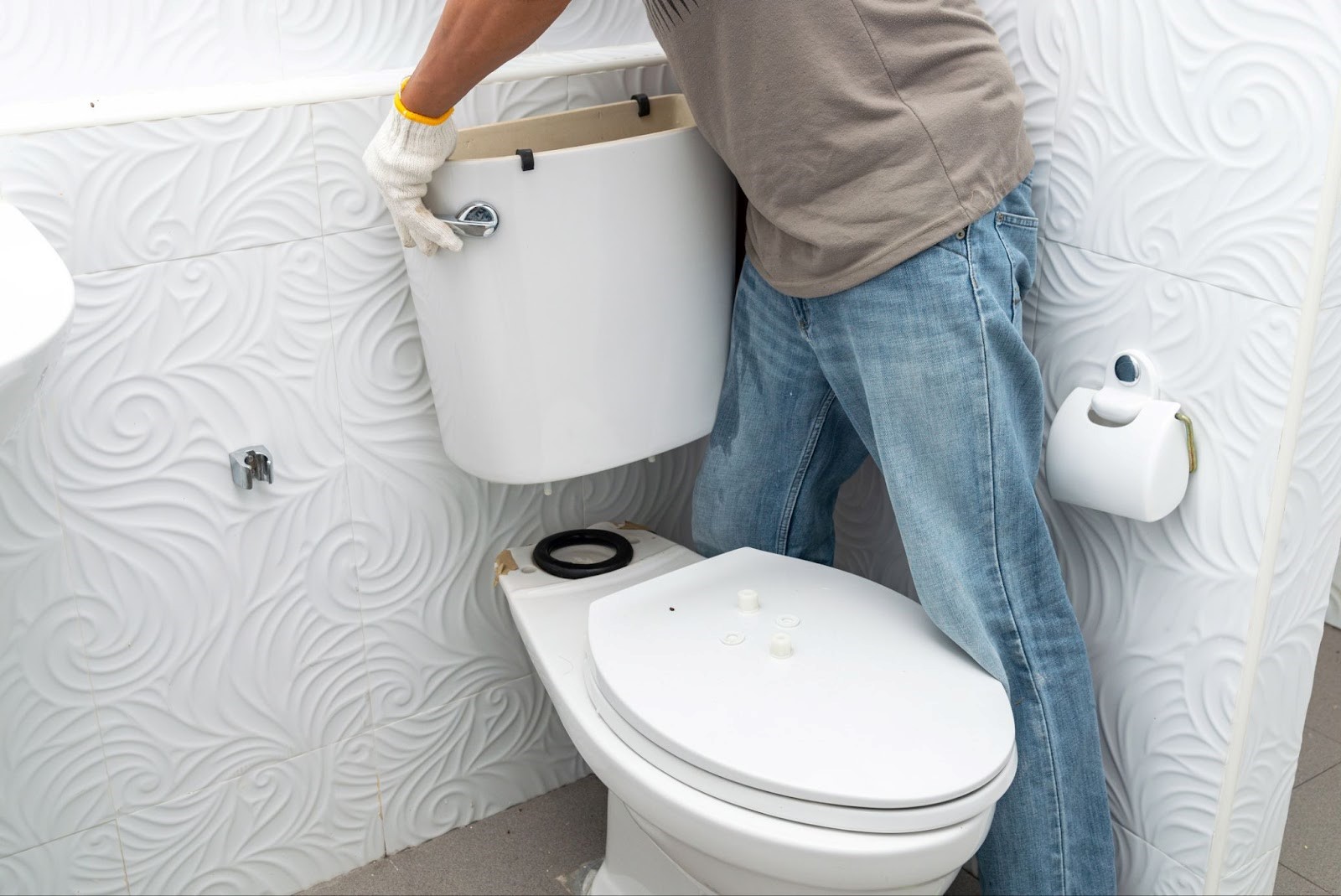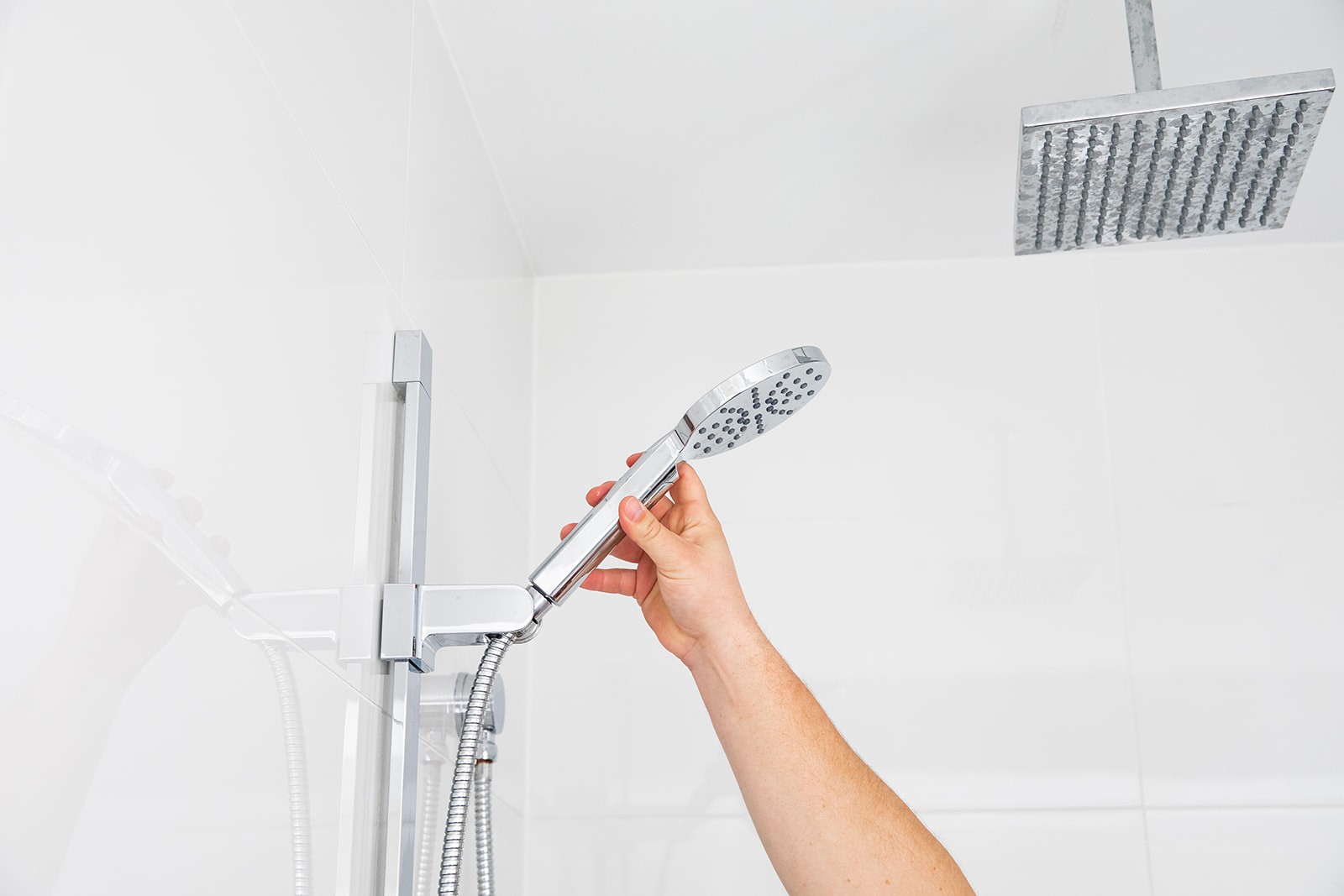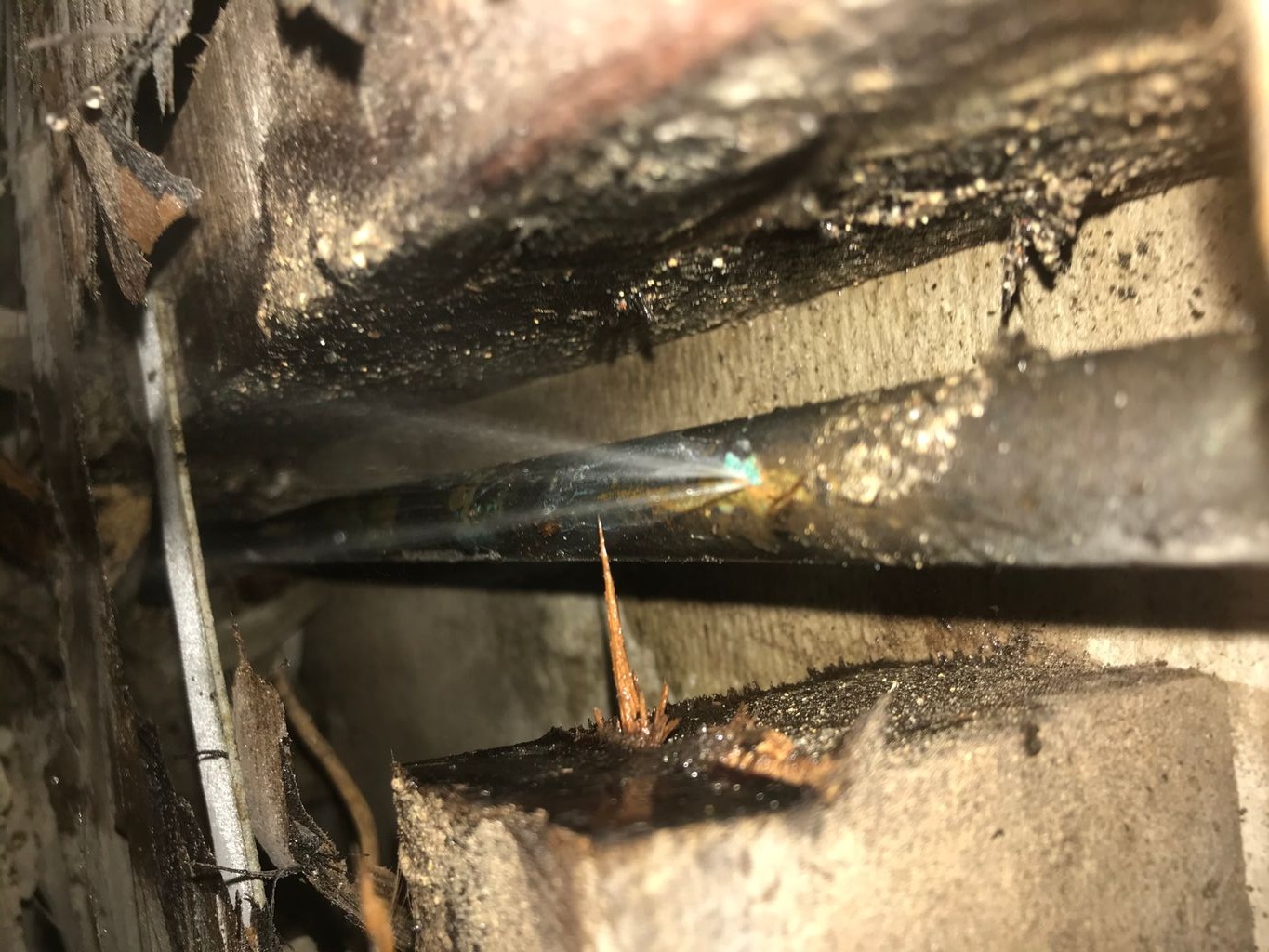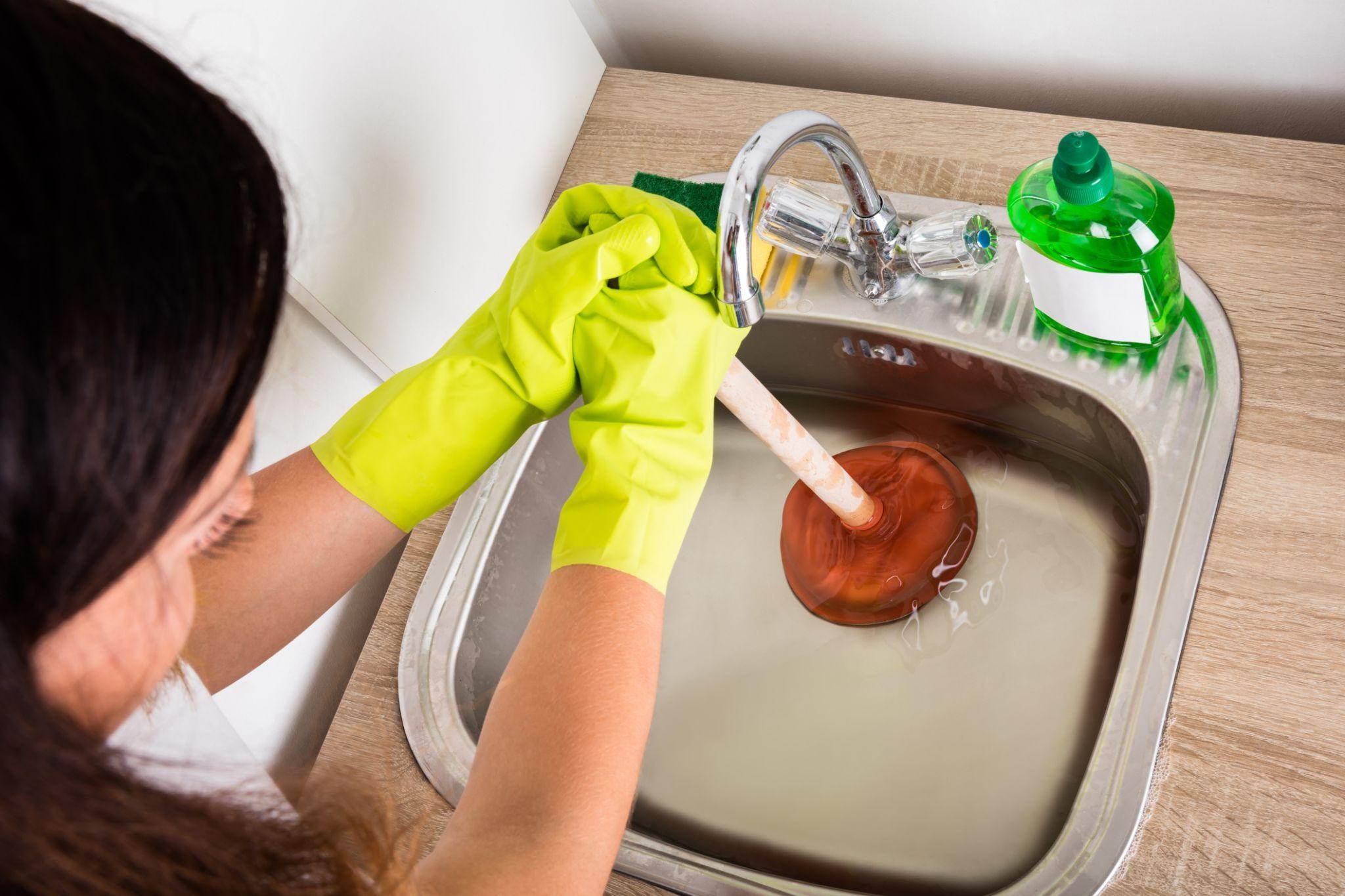Drain flies, also known as sewer or sink flies, are teeny-tiny moth-like flies that love damp environments – particularly the drains in your kitchen or bathroom.
Once you notice one in your house, it’s usually only a matter of time until you notice more (lots more), and so getting rid of drain flies quickly and efficiently is vital.
To help you along, we’ve put together 6 tried and true methods to get rid of drain flies once and for all, as well as a few prevention methods and a bit of background to help you understand your not-so-welcome new housemates.
DCM Plumbing is the best plumber on the Gold Coast. We are available 24/7 for all your plumbing needs. With over 900 5* Google reviews and 35 years of experience, we are known as the best for a reason. Got a blocked drain? Need help with leak detection? Want to learn how to clear a blocked drain? We can help.
6 Ways to Get Rid of Drain Flies for Good
Here are our top 6 ways to get rid of drain flies, for good.
1. Regular Drain Cleaning
The first step to getting rid of drain flies is by keeping your sinks and drains clean. A clean drain eliminates the breeding ground for these flies, thereby controlling their multiplication. Use your usual cleaning agents along with a pipe brush to scrub and clean around and inside the drain. This routine cleaning should be performed once a week to prevent the build-up of organic material where drain flies breed.
2. Boiling Water Treatment
A straightforward yet effective method is to pour boiling water down the drain. This simple step can help eliminate drain flies and their larvae. Repeat this process once or twice a week, ensuring you pour the boiling water both down and around the drain to target all potential hiding spots.
3. DIY Drain Cleaner
A homemade drain cleaner solution can also do wonders. Mix equal parts of salt and baking soda (half a cup each), and pour down the drain, then follow with a cup of vinegar. Let it sit overnight. The chemical reaction will not only kill drain flies but also remove any grime or grease that might be acting as a breeding ground. In the morning, pour boiling water down the drain to wash away the residue.
4. Commercial Drain Cleaners
If your drain fly issue persists, consider using commercial drain cleaners such as Drano. These solutions are formulated to clear out the drains and pipes effectively, removing any debris that might serve as a breeding spot for drain flies. Using these products can aid in preventing new eggs from hatching.
5. Apple Cider Vinegar Trap
To deal with adult drain flies, you can create a simple trap using apple cider vinegar. Place a small dish filled with apple cider vinegar covered in plastic wrap near the infested drain. Punch small holes in the plastic wrap to allow the flies to enter but not escape. The flies will be attracted to the vinegar and will get trapped, eliminating them over time.
6. Professional Plumbing Services
Finally, if all else fails, it’s time to call in the professionals. Regular drain cleaning services provided by professional plumbers can effectively prevent drain fly infestations. Plumbers can use tools like water jetters to clear blocked drains and thoroughly clean your pipes. At DCM Plumbing, we offer expert plumbing services on the Gold Coast to help you get rid of drain flies and prevent future infestations.
Remember, if your efforts to eradicate drain flies last longer than 20 days with no success, it’s time to contact professional exterminators or plumbers. As the best Gold Coast plumbers, DCM Plumbing is always ready to help you with your drain fly issues.
What Actually Are Drain Flies?
Drain flies, also known as sink flies, sewer flies, or moth flies, are small, moth-like insects that breed and feed in areas with standing water in the family Psychodidae. As their name suggests, they are commonly found in drains, where a build-up of organic matter provides food and an ideal environment for laying their eggs. They are typically 1.5 to 6 mm long depending on the species, with a fuzzy, moth-like appearance, thanks to a covering of tiny hairs on their wings and bodies.
These insects are known for their ability to reproduce rapidly, with eggs hatching within 48 hours and larvae reaching adulthood in just over a week. Drain flies are capable of laying 30 to 100 eggs at once, which means their populations can grow exponentially in a short time.
While their preferred habitat is within the organic build-up in drains, drain flies can also be found in other moist, decaying environments such as compost piles, garbage bins, or even damp mops and rags.
What Causes Drain Flies?
Drain flies are typically caused by a build-up of organic matter in moist, damp places. They are particularly attracted to stagnant water and the biofilm (or grime) that forms in uncleaned or slow-draining pipes. This includes kitchen and bathroom drains, sewage systems, and even gutters and drainpipes.
Drain flies lay their eggs in this decomposing organic material, providing a food source for the larvae once they hatch. If these conditions persist and are not addressed, a small problem can quickly turn into a full-fledged infestation. Regular cleaning and maintenance of drains are vital to prevent these conditions that attract drain flies.
How to Identify Drain Fly Larvae

Erin Hayes-Pontius, CC BY-SA 3.0, via Wikimedia Commons
Identifying drain fly larvae can be a challenging task due to their small size and the fact that they inhabit hard-to-see places. Drain fly larvae are typically between 4 and 5 mm long, with a characteristic worm-like appearance. They are usually greyish or translucent in colour, which can make them difficult to spot against similar backgrounds.
You’ll most commonly find them in areas where water accumulates for a week or more. This includes seldom-used toilets and sink or floor drains, especially in basements or garages, or in drain pans beneath refrigerators. You might even spot the grey, wriggling larvae swimming in the water.
Drain flies can also breed outdoors during the summer, entering homes through open doors or windows. They thrive in low, wet areas such as those where air conditioning units drain or in clogged guttering. Address these potential breeding sites if the drain flies do not appear to be emerging from inside your home.
Are Drain Flies Harmful?
No, drain flies are not harmful. They do not bite or transmit diseases to humans. However, they can be a nuisance due to their persistent presence once they infest a home. Additionally, a large infestation of drain flies may indicate a problem with drain function or cleanliness.
Are Drain Flies and Fruit Flies the Same?
No, drain flies and fruit flies are not the same. Fruit flies are typically smaller than drain flies and are often seen buzzing around overripe or rotting fruit, fermented goods like beer and wine, and trash cans. They are generally a light yellow to brown colour and have red eyes. Drain flies, on the other hand, prefer damp and wet areas like drains and sewers where they feed and breed on decaying organic material. The two flies have different appearances, preferred habitats, and life cycles.
Keep Your Pipes Drain-Fly-Free with DCM Plumbing
Navigating a drain fly infestation might feel daunting, but armed with the correct knowledge and methods, they can be eradicated effectively. From regular cleaning and homemade remedies to professional plumbing services, the battle against these persistent pests is winnable.
If the issue extends beyond your control, don’t hesitate to reach out to DCM Plumbing. Our experienced team is always available to offer help, providing reliable, efficient services to ensure your home remains drain-fly-free. By staying proactive and addressing the problem at its roots, we can prevent future infestations, keeping your home safe and sanitary. Remember, prevention is always better than a cure!

